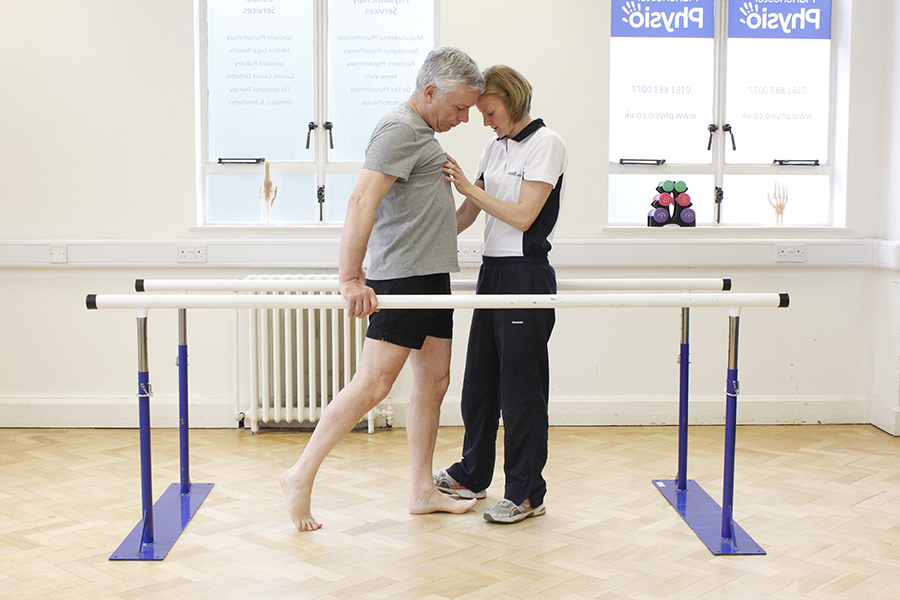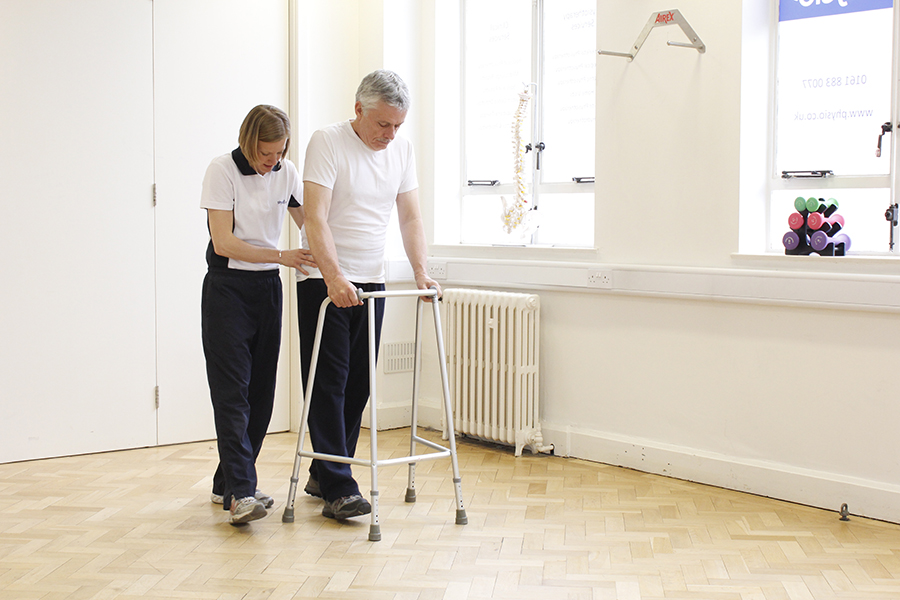Stroke
A stroke also known as a cerebral vascular accident is a condition characterised by the death of brain cells due to lack of oxygen. Strokes can have a significant impact on foot and lower limb function.
What is a stroke?
A stroke is a condition in which the flow of blood to the brain is interrupted causing the cells within the brain to die. Blow flow can be interrupted when an artery becomes blocked or when it ruptures.
A person who has suffered from a stroke may experience problems with foot and lower limb function and may therefore require input from a podiatrist during their treatment.
What is the cause of a stroke?
There are numerous different classifications of stroke which vary in the nature of the blockage of blood flow to the brain. The most common cause of a stroke is a thrombosis - a clot within one of the arteries in the brain. When blood cannot flow to the brain cells those cells and the area of the brain which they make up begins to die. Narrow arteries are more likely to become blocked then wider arteries, the following are possible risk factors for a stroke;
- High cholesterol
- Diabetes
- Hypertension ' high blood pressure
- Smoking
- Obesity
- Inactivity
- Familial history of stroke
- Injury to an artery within the neck

What is the effect of a stroke on the foot and lower limb?
A stroke can have huge implications on the lower limb. Some common symptoms of a stroke which can affect the foot and lower limb function include muscle wasting, paralysis and altered sensation. These symptoms can lead to the development of secondary conditions such as foot drop and peripheral neuropathy.
Foot dropThis is a condition in which weakness or paralysis of the muscles responsible for lifting the foot leads to an inability to raise the front part of the foot. Individuals suffering from foot drop often drag their toes along the ground causing them to catch their toes and increasing their risk of falls.
Peripheral neuropathyThis is a condition characterised by loss of sensation in the foot due to nerve damage caused by a stroke.
Further effects of a stroke on the foot include;
Skin conditions- Thickened toe nails
- Callus build up
- Corns
- Dry skin
- In growing toe-nails
- Toe abnormalities
- Reduced flexion at the hip and knee joints
- Weakness in the quadriceps and hamstring muscles
- Hemiplegic gait
- A change in foot pressures and forces
What is the role of the podiatrist in stroke rehabilitation?
During their rehabilitation process a stroke patient may require the following podiatry treatment;
- Expert footwear advice and education
- Treatment with orthotics
- Custom made ankle foot orthoses
- Biomechanical assessment ' including assessment and management of gait
- Neurological and vascular risk assessment of the foot
- Foot care advice and information
- Corn and callus removal
- Treatment of nail problems

Benefits of podiatry treatment following a stroke?
A podiatrists input can be an integral part of the rehabilitation process for individuals who have suffered from a stroke. The benefits of this input include;
- Improved function of the foot and lower limb
- Reduced pain levels associated with corns and callus build up
- Reduce the likelihood of problems associated with reduced sensation such as foot ulcers
- Improved patient knowledge and understanding of possible secondary conditions and complications
Save 5% by booking an appointment online.



We work with:

Individuals

Organisations

Health professionals
Get in Touch!
0330 088 4222
If you would like to speak to one of our specialists then please complete this form.
We are open 7 days a week








